
Introduction to Effective Team Building
Building a high-performing team is both an art and a science. It requires understanding the dynamics that drive people to work together toward a common goal, fostering trust, communication, and collaboration. Daniel C. Moura, an expert in organizational behavior and leadership, has developed practical and insightful team building strategies that have transformed how groups operate in diverse environments. In this article, we’ll explore his approaches, breaking down key elements that make his methods stand out, and giving you actionable ideas to strengthen your own team’s cohesion and productivity.
Understanding the Core Principles of Moura’s Strategies
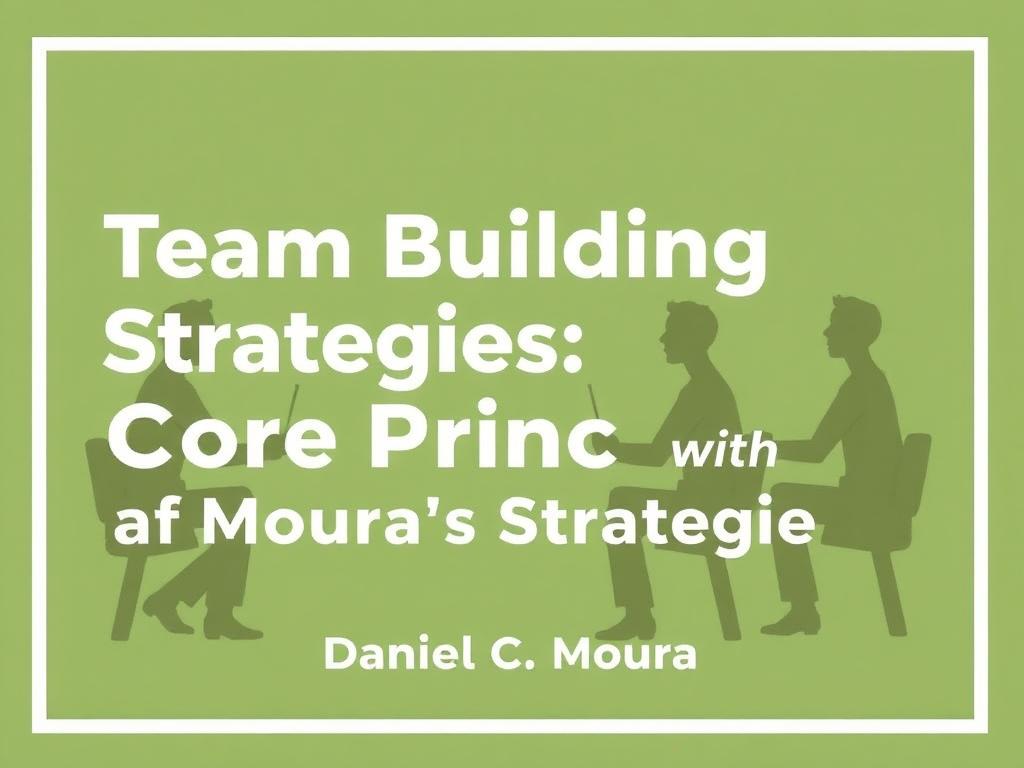
At the heart of Daniel C. Moura’s philosophy lies the belief that team building is not a one-time event but an ongoing process. He emphasizes the importance of continuous development and the adaptation of strategies as teams grow and evolve. This mindset shifts the focus from short-term fixes to long-term success, encouraging leaders to invest in their team’s development consistently.
Moura highlights several core principles that ground his strategies:
- Trust as the Foundation: Without trust, collaboration crumbles. Building trust must be a deliberate, continuous effort.
- Open Communication: Encouraging honest, transparent dialogues helps prevent misunderstandings and conflict.
- Shared Vision: Aligning team members around a common purpose fuels motivation and engagement.
- Cultural Awareness: Respecting and leveraging diversity strengthens creativity and problem-solving.
Why Trust Matters Most
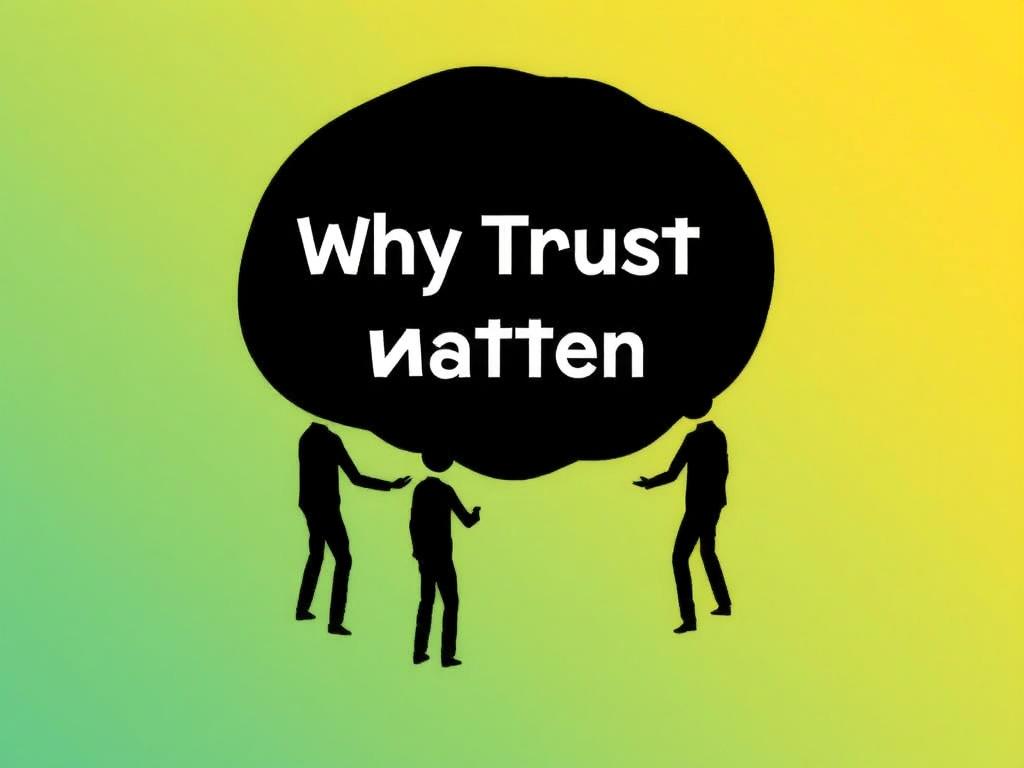
Trust is often viewed as intangible, yet it’s the glue holding a team together. Daniel C. Moura often points out that trust builds through consistency, reliability, and vulnerability among team members. When people trust each other, they are more likely to share ideas freely, take risks, and support one another during challenges. Moura’s strategies include trust-building exercises and rituals tailored to foster this critical element, proving its value in enhancing overall team effectiveness.
Key Team Building Strategies from Daniel C. Moura
When applying Daniel C. Moura’s team building strategies, several specific techniques emerge that help teams flourish:
1. Facilitated Workshops Focused on Strengths and Weaknesses
Understanding what each team member brings to the table enables smarter task assignments and cooperation. Moura encourages facilitated sessions where team members reflect on their personal and technical strengths and areas for improvement. These workshops open the door to candid discussions, allowing teams to create complementary working relationships.
2. Creating Psychological Safety
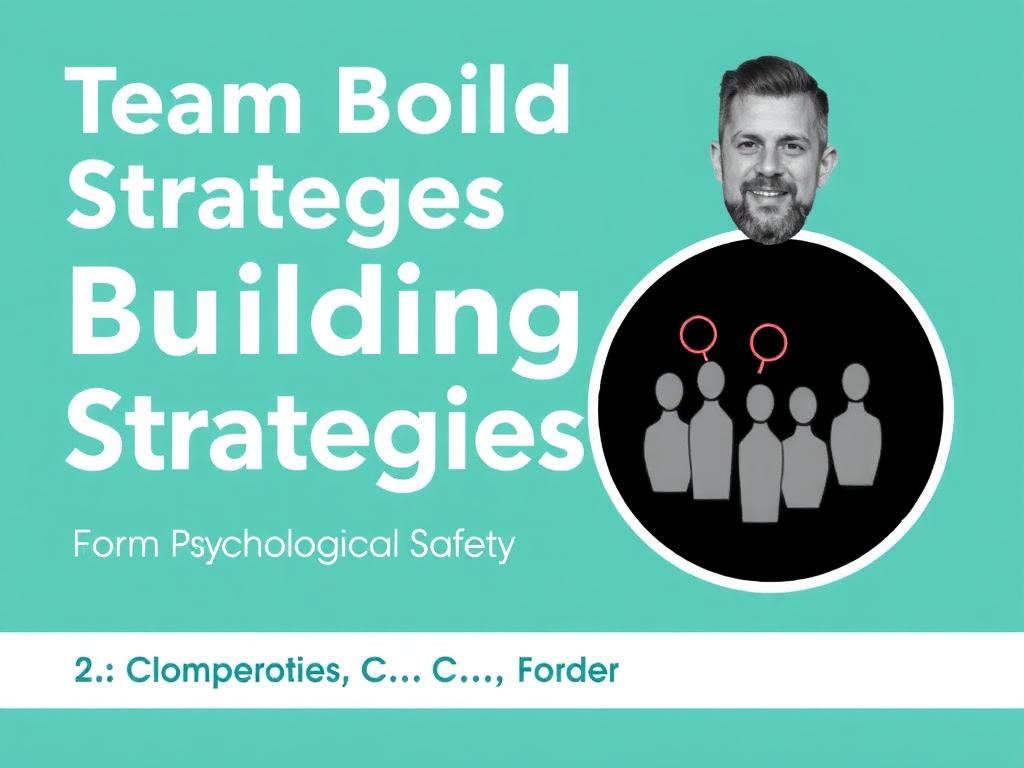
One of Moura’s patented methods involves creating an environment where team members feel safe to express concerns or new ideas without fear of judgment or reprimand. This psychological safety promotes innovation and breaks down barriers that typically hinder teamwork.
3. Shared Goal Setting and Accountability
Moura stresses the power of jointly setting goals and holding each other accountable. This process ensures buy-in and ownership across the team, making outcomes a shared success rather than individual credit.
4. Cross-Functional Collaboration Sessions
Bringing together members from different departments or specialties generates broader perspectives and enriches problem-solving. Moura’s strategy includes structured sessions to facilitate cross-talk and build rapport among diverse team components.
5. Regular Feedback Loops
Continuous improvement requires ongoing feedback. Moura suggests implementing regular, constructive feedback cycles that focus on behaviors and results rather than personal attributes, helping maintain positive momentum and addressing issues before they escalate.
Implementing Moura’s Team Building Strategies: Practical Tips
To translate these strategies into daily practice, Daniel C. Moura offers several straightforward tips:
| Strategy | Implementation Tip | Expected Outcome |
|---|---|---|
| Facilitated Workshops | Use neutral facilitators to encourage open sharing. | Better role clarity and trust. |
| Psychological Safety | Begin meetings with check-ins to connect emotionally. | More honest, risk-taking environment. |
| Shared Goal Setting | Co-create SMART goals with the entire team. | Increased ownership and motivation. |
| Cross-Functional Sessions | Schedule monthly interdepartmental brainstorming. | Innovative ideas and stronger relationships. |
| Feedback Loops | Establish weekly peer feedback with guidelines. | Early conflict resolution and growth. |
Challenges and Solutions in Team Building
While Daniel C. Moura’s strategies are robust, practitioners often encounter challenges when trying to implement them. Resistance to change, lack of time, and existing poor dynamics can stall progress. However, Moura advises leaders to be patient and persistent, using incremental steps to build momentum.
- Resistance to Change: Communicate benefits clearly, involve skeptics early, and celebrate small wins.
- Time Constraints: Integrate team building into daily routines, such as brief huddles and informal check-ins.
- Handling Conflicts: Use mediation and focus on interest-based resolution rather than blame.
By anticipating these obstacles, leaders can better prepare and adapt Moura’s strategies to fit their unique contexts.
Measuring the Impact of Team Building Efforts
No team building strategy is complete without assessing its effectiveness. Daniel C. Moura encourages setting clear metrics tied to business goals, as well as qualitative measures to capture improvements in morale and engagement.
Consider these tools:
- Employee satisfaction surveys
- Productivity and goal achievement tracking
- Feedback on communication and collaboration quality
- Turnover and retention rates
Regular reviews of these indicators help leaders fine-tune their team building approaches, making sure efforts translate into real growth and better results.
Conclusion
Daniel C. Moura’s team building strategies offer a powerful blueprint for leaders eager to unlock their team’s potential. Through a focus on trust, open communication, shared goals, and continuous feedback, Moura presents a holistic approach that nurtures workplace harmony and drives success. These methods remind us that effective teamwork is not accidental but the outcome of intentional, thoughtful effort—and when applied consistently, they transform the way teams solve problems, innovate, and thrive together. If you’re ready to elevate your team, embracing these strategies from Daniel C. Moura can be the catalyst for lasting and meaningful progress.
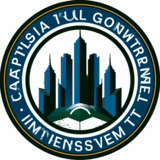
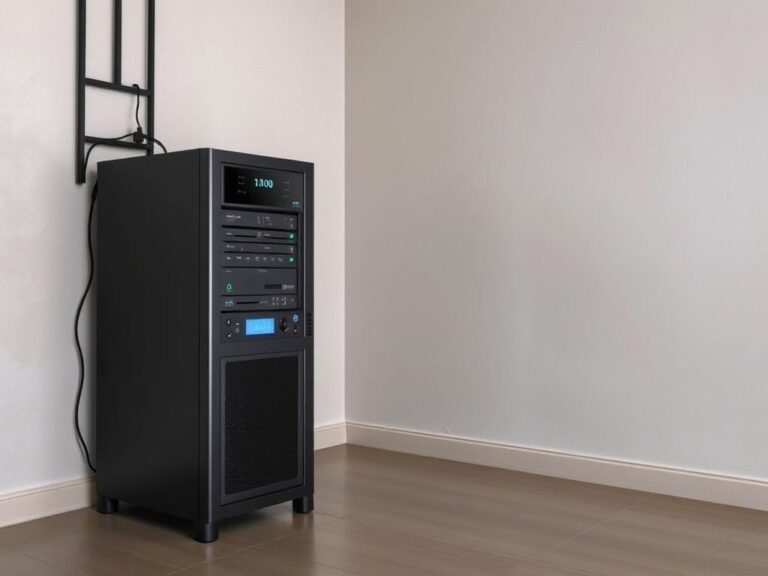
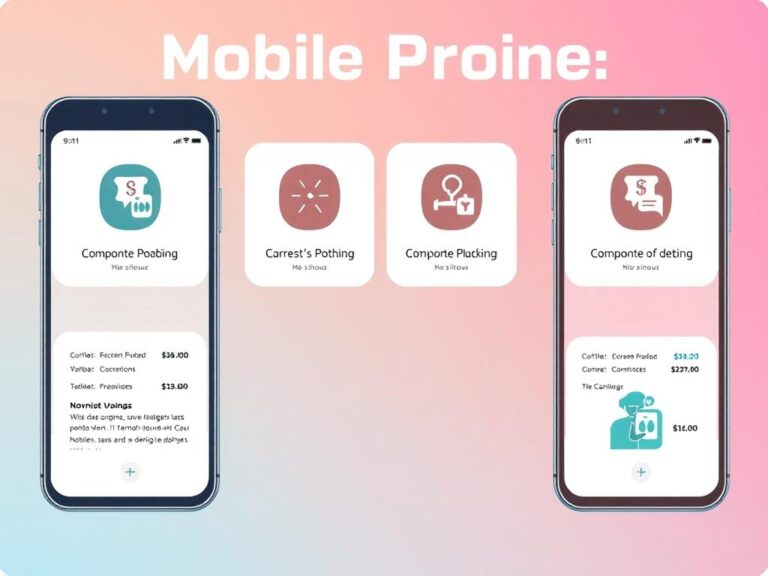


Recent Comments